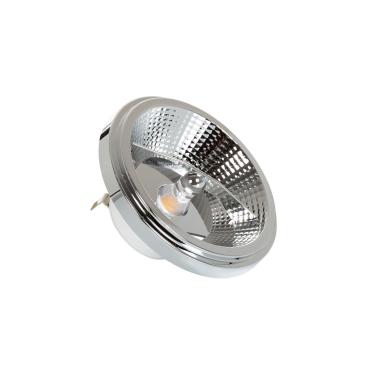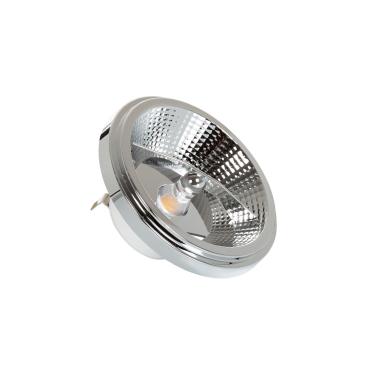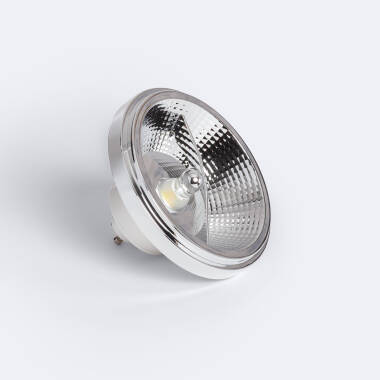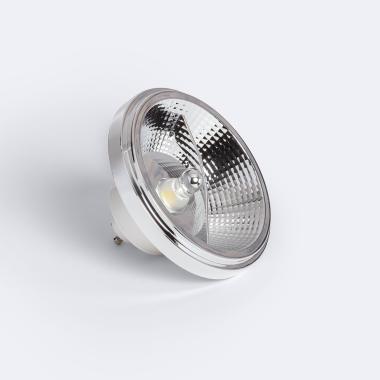LED bulbs
Showof 496 products
32
Sort
Best Sellers
Our featured products from LED bulbs

11,89 €
- Wattage 7 W
- Voltage Range 220-240V AC
- Lumens 400 lm
2 options
Range Advanced
10,79 €
(4)- Wattage 12 W
- Voltage Range 220-240V AC
- Lumens 900 lm
2 options
Range Essential
12,99 €
- Wattage 12 W
- Voltage Range 220-240V AC
- Lumens 800 lm

Range Advanced
15,49 €
Ref 105503
GU10 AR111S Dimmable Dim To Warm LED Bulb 12W 24º 800 lm
Pre-Order, estimated shipping from 25/06/2025
- Wattage 12 W
- Voltage Range 220-240V AC
- Lumens 800 lm
Showof 496 products
32
Brands related to this category





